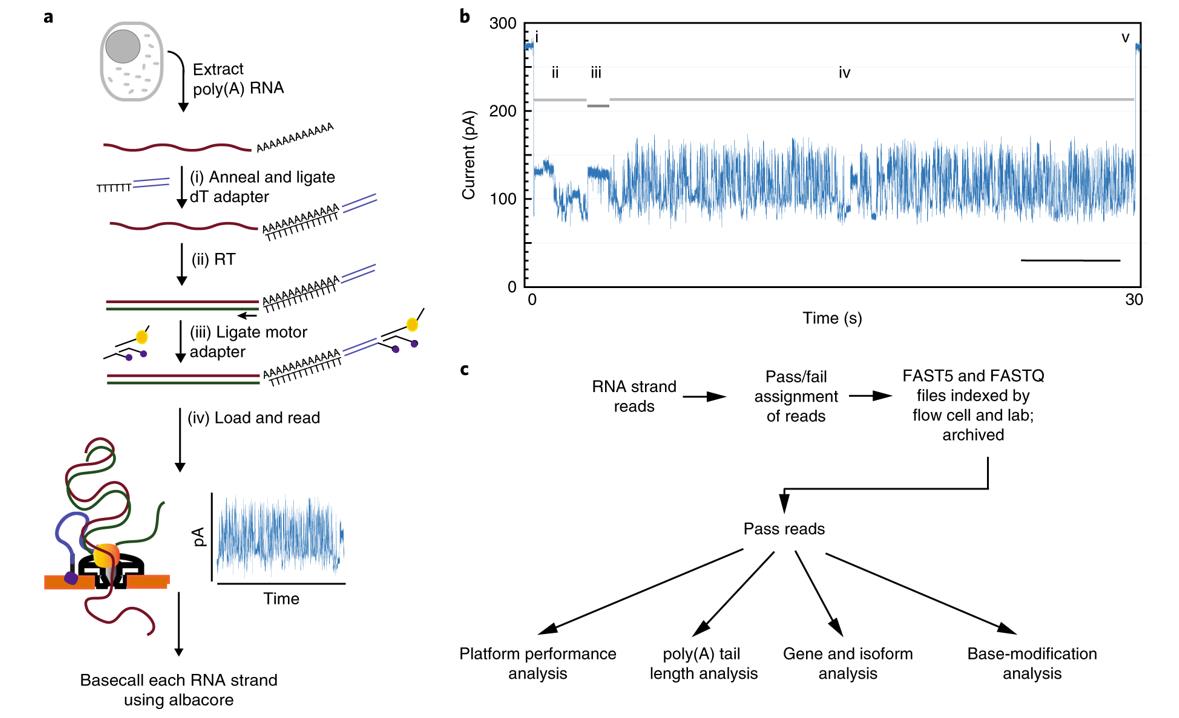Sports injuries can include many layers of soft tissues, bones, and joints and are rather complicated. An accurate diagnosis is necessary to ensure that the patient receives the right care. X-rays and other conventional imaging methods are often insufficient to assess the severity of the damage. Nonetheless, contemporary imaging methods have progressed and provide accurate details on the kind of damage sustained. We’ll examine the most cutting-edge imaging technologies, their benefits, and the reasons they are essential for evaluating sports injuries.
The Significance of Advanced Imaging in Sports Injuries
When athletes are injured, it’s rare that they have a straightforward bone fracture or strained muscle. Soft tissues, ligaments, tendons, and cartilage may all be impacted by the injuries, which are often invisible using traditional imaging methods. To prevent future issues and ensure a speedy recovery, a prompt and precise diagnosis is essential. This is an area in which contemporary imaging methods may be used.
A Game-Changing Tool for Sports Injury Diagnosis: Ultrasound
One of the most adaptable and popular imaging techniques for identifying sports-related injuries is ultrasound. It provides dynamic, real-time images of tissues, making it an excellent tool for evaluating ailments including tendinitis, muscle rips, and sprains.
Real-Time Imaging:
The ability of ultrasounds to collect images in real-time is one of their most important features. Healthcare providers may assess a joint’s or muscle’s performance during movement thanks to this capability. This is especially helpful for identifying sports-related injuries that may not be noticeable while the body is at rest.
Comprehensive Assessment:
Ultrasound is a safe and non-invasive method that doesn’t need radiation, making it a great tool to utilize often. This is particularly helpful for athletes who need a lot of scans while recovering and receiving therapy.
Accessibility:
A number of medical facilities in Lahore provide ultrasound services, enabling athletes and patients to quickly and easily get high-quality pictures.
MRI: In-Dependent Imaging in Complicated Cases
The second cutting-edge method that is widely utilized to identify sports-related injuries is magnetic resonance imaging (MRI). This is particularly true for injuries that impact the soft tissue, joints, and spine.
High-Resolution pictures:
MRI provides detailed, high-quality pictures that may show minute alterations in the tissues. This is very useful for identifying injuries that are not shown on X-rays or ultrasounds, such as ligament tears, cartilage damage, and other problems.
An All-Inclusive Assessment:
Magnetic Resonance Imaging (MRI) provides a thorough picture of the damaged location and the surrounding tissues by scanning large portions of the body. This helps to provide the most accurate treatment plan and diagnosis possible.
Expert Methods:
The most sophisticated MRI methods, such as MR arthrography, include injecting a contrast agent into the joint before scanning. This enhances the visibility of joint components and facilitates the detection of problems including ligament damage and labral tears.
CT Scans: Accurate Imaging for Damage to the Bone
Though most often used to diagnose bone fractures, CT (Computed Tomography) scans have advanced dramatically in recent years, providing more accurate pictures for even the most challenging ailments.
3-D imaging:
CT scans may provide three-dimensional images of soft tissues, bones, and joints. By examining the damage from many perspectives, 3D imaging enables medical practitioners to accurately diagnose patients.
Detail Bone Analysis:
A CT scan may produce detailed pictures that can identify even the tiniest cracks or anomalies in the bone, making it useful for those with bone injuries or other diseases like stress fractures.
Efficiency and speed:
CT scans are efficient and rapid, which makes them appropriate for emergency scenarios when a prompt diagnosis is required. This is crucial for sportsmen who need immediate medical attention.
Integrating Imaging Methods for Precise Diagnosis
Healthcare practitioners often use a variety of imaging techniques to precisely assess the extent of injuries. For example, to get a full picture of the damage, someone who thinks they may have torn a ligament may have both an MRI and an ultrasound. This multimodality approach makes sure that all factors related to the injuries are thoroughly evaluated, which results in a more accurate diagnosis and a more successful treatment plan.
Conclusion
Cutting-edge imaging techniques have revolutionized the diagnosis of complicated sports injuries and given medical personnel the resources they need to provide accurate and prompt treatment. It’s the real-time ultrasound capabilities, the accurate MRI imaging, or the expansive vistas that CT scans provide. For athletes to get the desired outcomes, these technologies are essential.
At Lincs Health Our goal is to provide Lahore with the best possible healthcare services. Our state-of-the-art imaging centers and knowledgeable staff are prepared to help you promptly and safely get back on track. You can rely on us to provide you the care you deserve whether you need a yearly checkup or are dealing with an injury sustained during sports.




